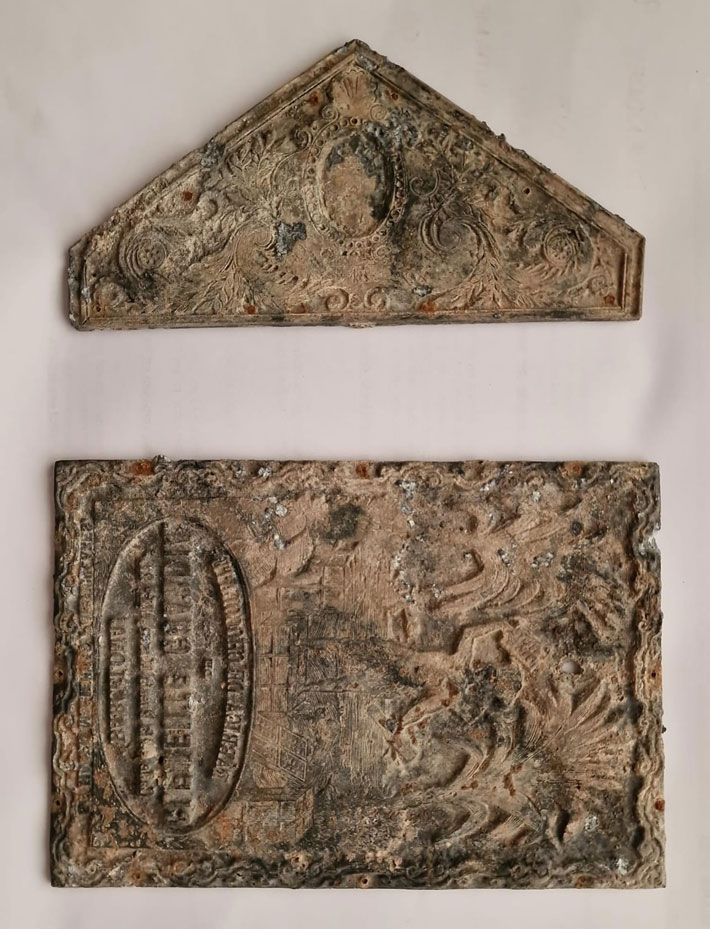 BARCELONA, SPAIN—According to an ArtNet News report, excavation of a medieval manor house in Barcelona, combined with historical research, has identified several uses for the building over the past 600 years. The researchers found original fourteenth-century arches and doors in the structure. By the fifteenth century, the building was used as a hostel, until there was a major renovation in the sixteenth century. In the eighteenth century, the manor house was divided into three different properties. Large containers from this period have been found, but additional analysis is needed for researchers to determine their contents. In 1825, another renovation was carried out, which corresponds to what is still visible at the site. Reference to “Guardia (Clemente) Chocolates y pastillaje” appears with the chocolate shop’s address in the Almanac of the Universal Exhibition of 1888. Researchers have also uncovered engraved lead plates in the manor house that would have been used to make “Clemente Guardia” labels for the chocolates. To read about early consumption of cacao seeds in Ecuador, go to "Ancient Amazonian Chocolatiers."
BARCELONA, SPAIN—According to an ArtNet News report, excavation of a medieval manor house in Barcelona, combined with historical research, has identified several uses for the building over the past 600 years. The researchers found original fourteenth-century arches and doors in the structure. By the fifteenth century, the building was used as a hostel, until there was a major renovation in the sixteenth century. In the eighteenth century, the manor house was divided into three different properties. Large containers from this period have been found, but additional analysis is needed for researchers to determine their contents. In 1825, another renovation was carried out, which corresponds to what is still visible at the site. Reference to “Guardia (Clemente) Chocolates y pastillaje” appears with the chocolate shop’s address in the Almanac of the Universal Exhibition of 1888. Researchers have also uncovered engraved lead plates in the manor house that would have been used to make “Clemente Guardia” labels for the chocolates. To read about early consumption of cacao seeds in Ecuador, go to "Ancient Amazonian Chocolatiers."
19th-Century Chocolate Factory Identified in Spain
